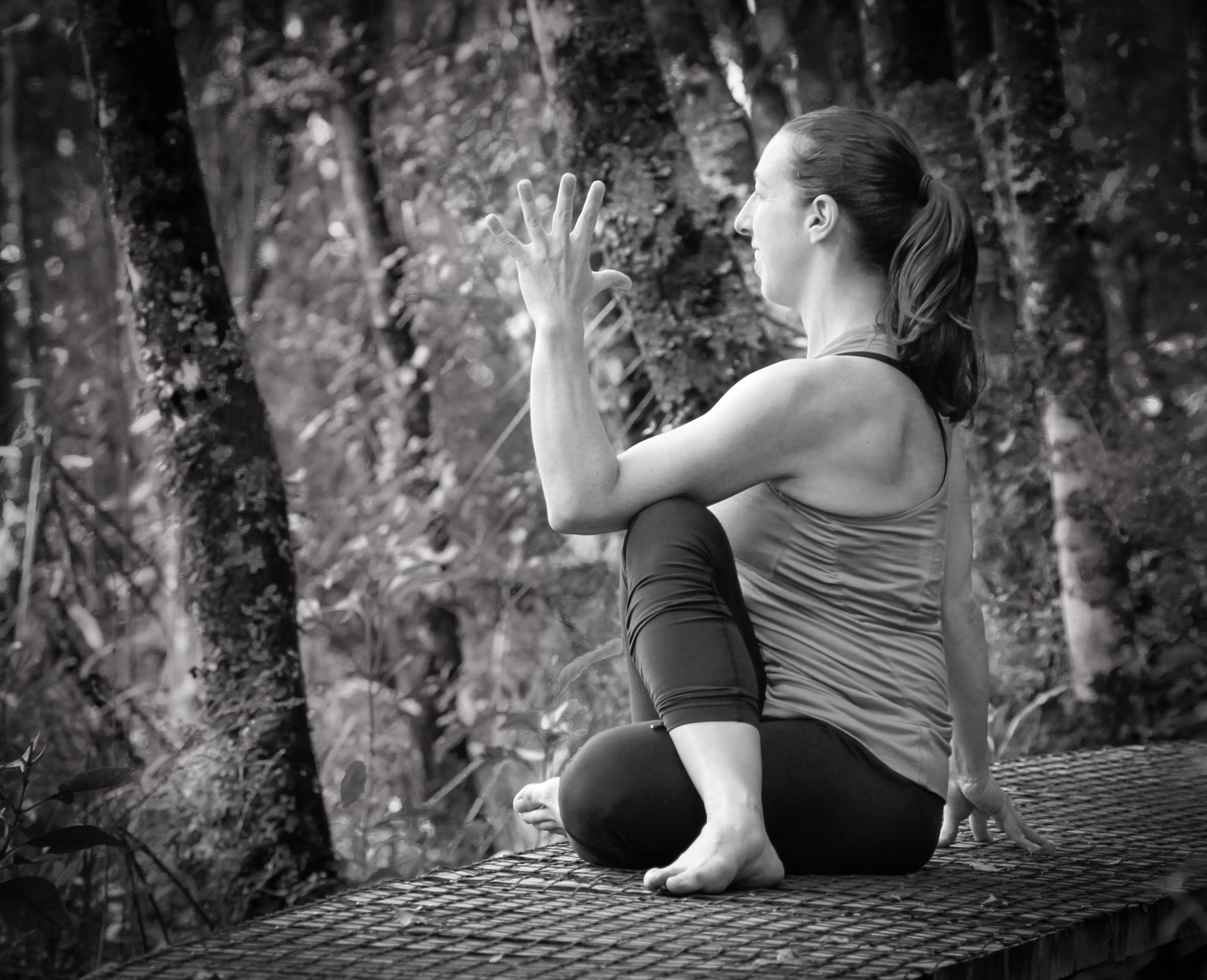A quick scan of my blog and you’ll find I most often write about the physical movements of yoga as well as breathing practices and meditation – however these are just 3 aspects of yoga practice. Patañjali’s Yoga Sūtras outline the 8 limbs of yoga.
The philosophy and practices of yoga have developed and evolved over 5000 years, originating in India. Over this time you can find many different philosophical movements, intellectual and spiritual scholars and thinkers, and writings that address what yoga is, the purpose of yoga and how to practice yoga.
Patañjali’s Yoga Sūtras are one such Sanskrit writing. While there are varying opinions about when the sūtras (or scriptures) were written, there appears to be some consensus that they were written between 200 BCE – 200 CE (give or take a few hundred years). Patañjali’s Yoga Sūtras have gained increasing focus in modern yoga, particularly among western practitioners in the 19th century.
Doug Keller explains that there are several padas or books, in the sūtras. The first of these focuses on defining yoga. While the exact wording shifts with both translation from Sankrit and philosophical interpretation, it is frequently cited as the stilling of the fluctuations of the mind.
The second pada focuses on the practices or the doing of yoga. In this second book we find the 8 limbs of yoga also know as as the eight-fold path, or ashtanga/aṣṭāṅga.

The eight limbs are:
- Yamas – ethical or moral rules (such as non-violence, truth)
- Niyamas – observances or duties towards the self (such as cleanliness, self study)
- Āsana – physical postures
- Prāṇāyāma – control of the breath (prana) or breathing practices
- Pratyahara – withdrawal of the senses
- Dhāraṇa – concentration
- Dhyāna – meditation
- Samādhi – often referred to as a state of bliss, enlightenment, perfect concentration
Anusha Wijeyakumar explains that each one of these ‘limbs’ is a type of Sadhana. She writes:
“Sadhana is the Sanskrit word for a daily spiritual practice. It’s the foundation for your personal, individual effort to communicate with the divine inside of you and all around you working towards collective consciousness and unity for all beings.
She explains how some of these are outward quests while others are inward quests. I have written about pratyahara and will explore some of the other limbs in future posts.
And a little history…in the notes from his Yoga History and Philosophy course, Doug Kelly wrote that
“Some classical commentators as well as most critical scholars consider this [the 31 verses on the eight-fold path] to be a compilation of at least two, and as many as six pre-existing Yoga traditions or texts. Patanjali is not the originator of these ideas, but instead is summarizing them from previous traditions. “




